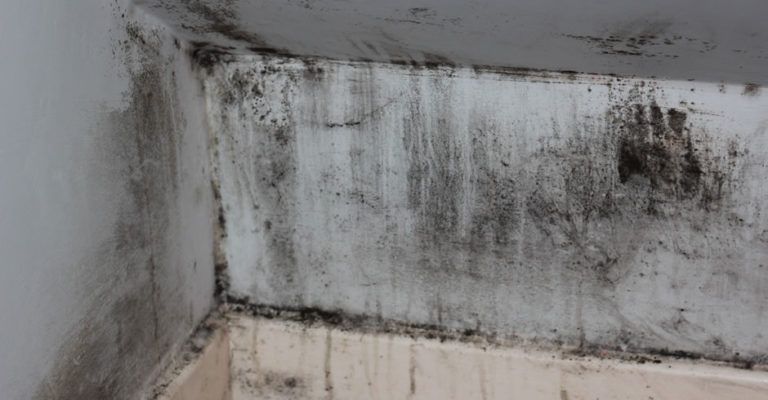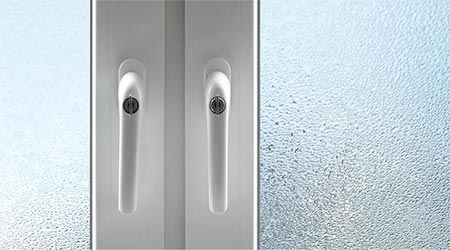The traditional method of treating damp is chemical injection which is usually done by creating a barrier between the damp and the house, however, it doesn’t address the root cause and is not a permanent solution.
Penetrating damp occurs when water from outside your home leaks inside the property. The cause could be small cracks in a wall, leaky pipes or blocked guttering with flashing around a chimney stack, damaged pointing or poorly fitted windows other sources. Continually being on the lookout for any signs will help you identify issues quickly:
- Test moisture levels with an electronic moisture meter
- Check downpipes are clear and household appliances are not leaking regularly
- Installation is carried out from the outside of your home only, not inside
- More cost effective than traditional damp treatments that require replastering and redecorating
- Look for water coming into the loft from the roof
- Make sure there are no cracks in your rendering
- Always keep your damp-proof courses clear

How to identify penetrating damp
Water leaking into a property will most likely cause damp but how can you tell it’s penetrating damp? Here are a few of the signs:
- Damp patches on walls, ceilings and floors – including upper floors (which rising damp would not reach)
- Musty smell and signs of mildew or mould
- Drips or puddles of water
- Damaged plaster – blistering or disintegrating
- Rotting skirting boards or floor timbers
- Damp patches that worsen after heavy or wind driven rain
- Decay in exposed brickwork or timber

How to fix damp and damp proof your home
The cause of damp could be as simple as a blocked gutter through to the more complex issues such as a leaking pipe behind a wall. Damp is treated by eradicating the source of moisture at its source – usually done by placing a barrier between the damp and the house. Damp proofing specialists Schrijver take it one step further by removing damp. Their Schrijver System providing a permanent chemical-free alternative:
- Long-term natural ventilation solution that is eco-friendly
- Only damp treatment that successfully removes moisture and guaranteed for life
- Damp proofing undertaken outside your home not inside
- More cost effective than damp treatments that require plastering/decorating
- No harmful chemicals used – only natural processes
- Damp proofing utilises natural airflow to reduce moisture levels
- Results in lower humidity level and continuous damp proofing protection









